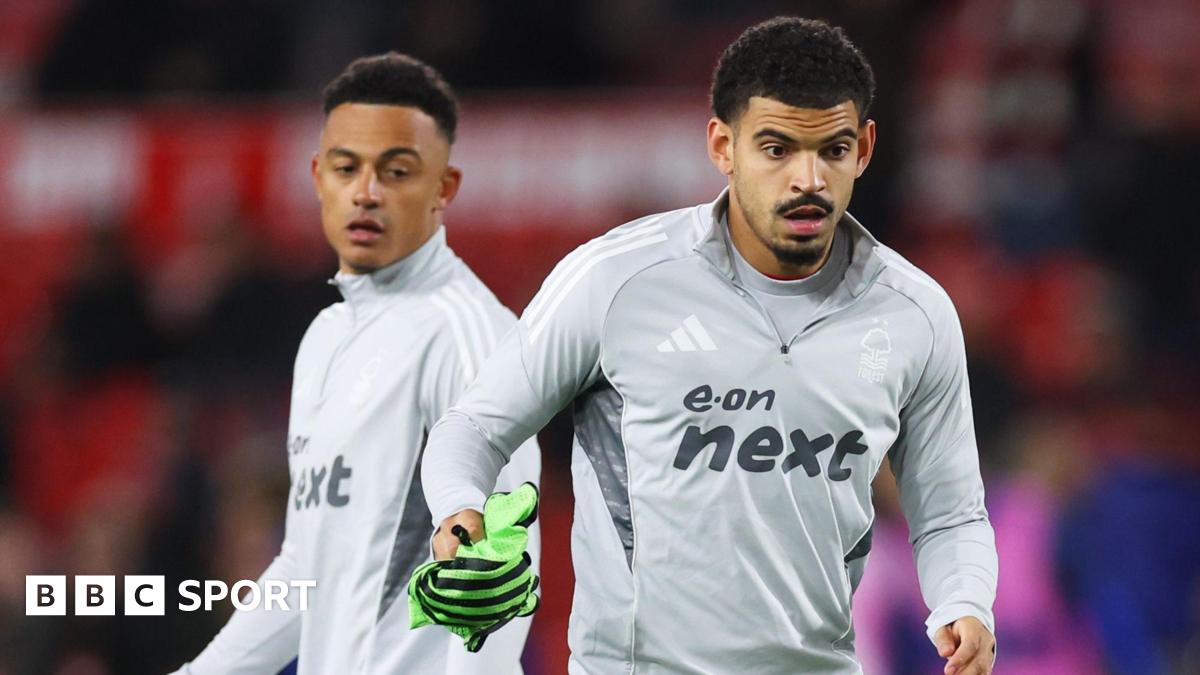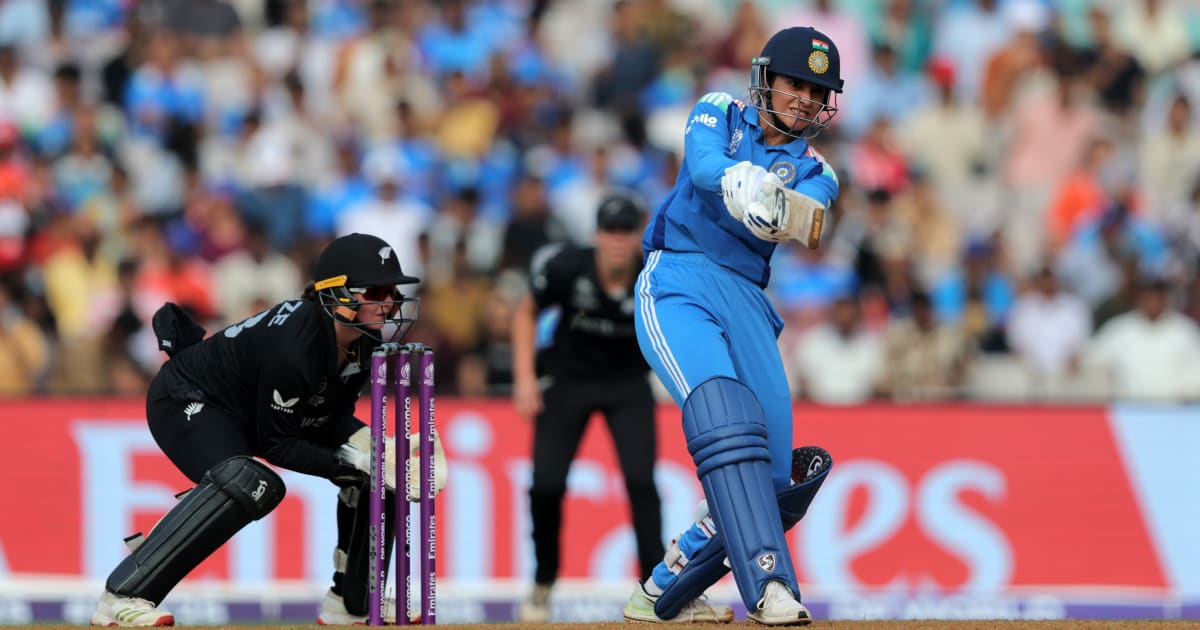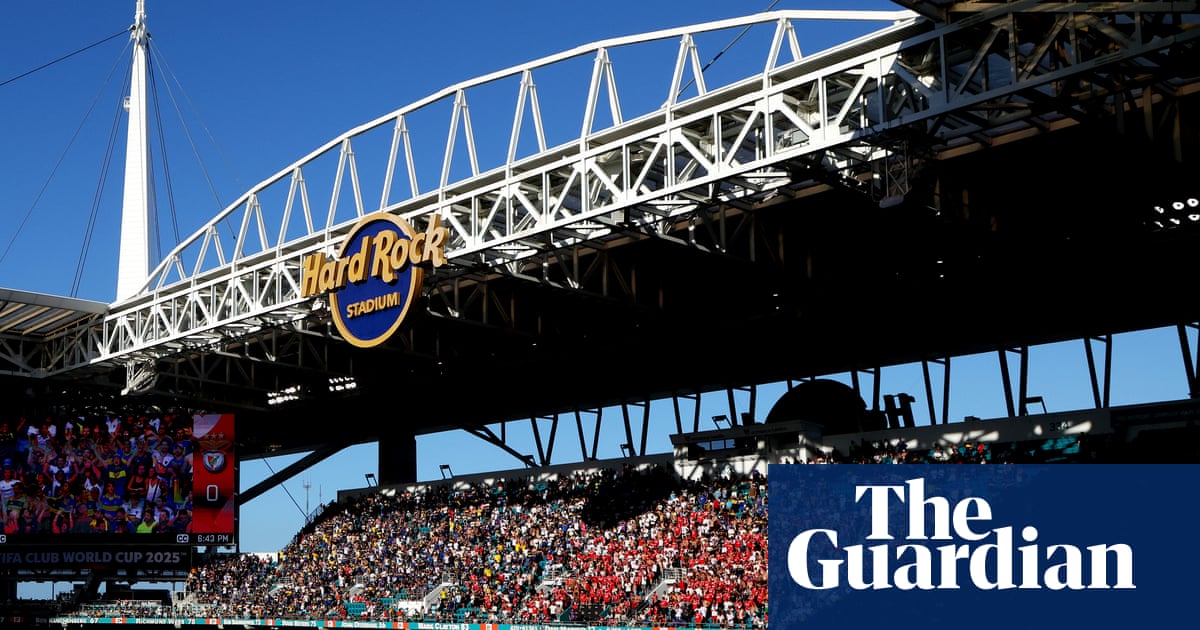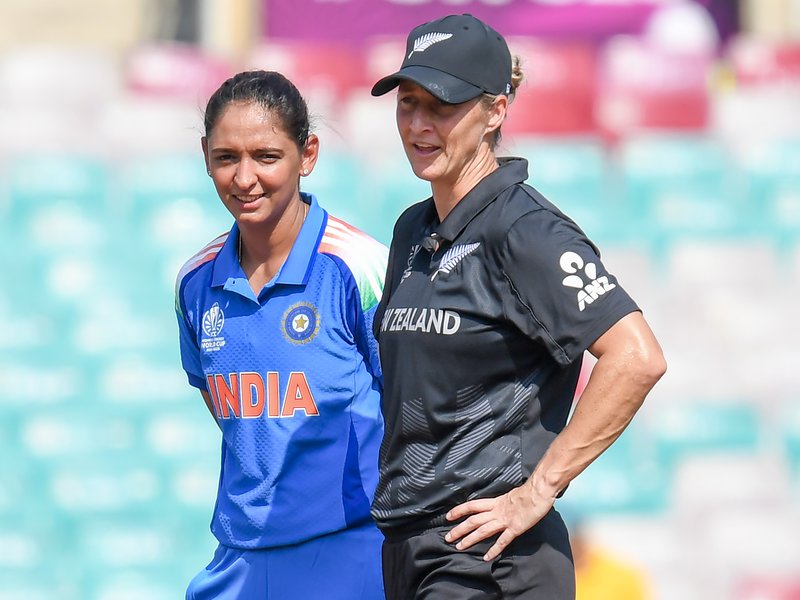Aussies’ jaw-dropping last trip to pacific island nation, Jo Barrett, Tahnee Norris

Banned from wearing the coat of arms on their jerseys, golf days and raffles to fund their trips, no insurance nor medical team, forcing one player to endure the whole tour with an untreated broken leg and snapped ligaments with only Panadol for pain relief … a lot has changed for the Jillaroos since they last played Samoa in 2011.The Aussies take on the pacific island nation this weekend, 14 years since their last clash, and it’s crazy to think how different the game is for women in that time.Jo Barrett knows all about that. Excitement to represent Australia in a rare overseas tour and the inaugural Test against Samoa (outside of a World Cup) quickly turned into a nightmare for the Jillaroos great.Watch every game of the 2025 Pacific Championships LIVE on FOX LEAGUE, available on Kayo | New to Kayo? Join now and get your first month for just $1.“So that tour for me was really memorable because I broke my leg in the first game but we didn’t know it was broken. We didn’t have a doctor or crutches, so I just got piggybacked around by Steph (Hancock) and Chloe Caldwell and just kind of put up with it,” Barrett told foxsports.com.auTackled in their first game, a trial match in Samoa, the Jillaroos centre knew something was wrong right away.“My memory of it is that it was probably a hip drop,” Barrett said.“I was taking the ball up and I just felt this almighty weight on my ankle. I remember I felt something crack, then heat going through my body as immediate pain came from my right lower leg, and I went down.“I got up and I tried to play the ball but my foot was dangling and floppy. Nat Dwyer was the hooker at the time and she was urging me to hurry up and play the ball – so I did. After that I couldn’t put weight on it and I just fell to the ground and Mick Hancock (assistant coach) just picked me up and carried me off the field.”READ MOREGun halves’ soaring stocks; Dally M winners, Vegas stars snubbed — Jillaroos Winners and LosersSamoa solve injury headache; Tonga’s left-field spine: Pacific Championships Team ListsKevvie makes big No.1 call as fairytale Bronco among four Roos debutants — Ashes TeamsIf that’s not bad enough, worse came as Barrett was taken hospital.“I was driven in this dodgy shelled-out Pajero which was the ambulance. They shut the door on my leg,” she recalled.“I got to the hospital and they did this X-ray and the doctor came out said ‘no break, no break’. They then literally tipped me out of a wheelchair onto a loading dock. Team Manager Debbie Brewin was with me and we got picked up by a guy in a ute and driven back to the hotel.“I was hopping about, I couldn’t put weight on it. It was broken, a completely cracked fibula and ligament ruptures. I had to be there (Samoa) for another week.“I was so sick, I had no pain relief other than Panadol, we didn’t have a medical kit. It sounds like an exaggeration but that experience changed everything moving forward.“I had a broken fibula and snapped ligaments and ended up in surgery (back in Australia) with a plate and screws.”Barrett’s experience was a wake-up call for the game and no one had to go through that sort of thing again for the Jillaroos, with insurance and medical staff available for tours.Even flying back to Australia with such an injury was a massive risk for Barrett. She was unaware of at the time and was put on blood thinners once she landed.She also had to foot the medical bill.It’s a story though that has warped into Jillaroos folklore.Hall of Famer and the most-capped Jillaroo Tahnee Norris remembers the tour well and still has her letters of selection and congratulations from the Australian Women’s Rugby League (the women’s governing body, separate to the ARL at the time).She was also lucky not to be seriously injured after being spear tackled in that same trial match.“Mick Hancock run onto the field he’s going, ‘Oh my god are you alright?’ And I said, ‘Hang on a minute I’ve just gotta check my arms and legs are working’, so I’m squeezing everything and moving everything and he was freaking out thinking I’ve become a quadriplegic,” Norris told foxsports.com.auThe Test match was just as brutal.“I remember going to the game in one of those buses with the timber seats and no aircon or windows,” Norris said.“The match was probably about 10 to 15 minutes of absolute carnage, probably need a better word, but they came out in that first 10 to 15 minutes and we knew that we had to survive the onslaught and then after that our fitness would come through.“That’s what happens when you play such a passionate side and such a big side as well, physically they were big.”The Jillaroos did in the end, winning 42 to 14.It was the beginning of something big, not just for Samoa but for the Jillaroos.It was the first match for legendary coach Graham Murray and his coaching team of Paul Dyer and Mick Hancock, who brought with them a new level of professionalism for the national side. Under their guidance, two years later, they won the 2013 World Cup in England and haven’t lost a World Cup since.It was also the final time the team wasn’t allowed to wear the coat of arms on their jerseys.“Gordon Tallis did our jersey presentation here at Norths before we left (for Samoa). We’d never had that before either,” Barrett said.“He really spoke so passionately about the jersey and connecting us with the Kangaroos and that’s when he noticed we didn’t have the crest on our jersey and he was like, ‘This is ridiculous’. We had been a political sort of football that had been kicked around (about this issue). Tallis essentially said, ‘This is disgraceful’.”Tallis’ voice added weight and influence to the Jillaroos cause (which had been championed by Debbie Brewin and past players) to be allowed to wear the coat of arms on their national jerseys.It was also the last tour where the girls were expected to pay their own way.“It was starting to get better then, so we weren’t paying as much money as in the past but we still had to financially forge out money. It was only the 2013 World Cup that that actually changed,” Norris recalled.“It would’ve been about $1500 or $2000 to actually go (to Samoa). There would’ve been girls that struggled as there was a real mix of demographics in the team.“Some of the police girls (players who were officers) were getting assistance through their police contacts to get assistance and then there’s the rest of us were hosting golf days and selling raffle tickets and stuff like that. But it was starting to change so we weren’t paying as much as we had in the past.”Barrett said: “I was lucky because I was one of the few that worked full-time in a permanent job. Those of us who were cops and teachers paid out of our savings.“You could sometimes get a sponsor, that was hard to do, and embarrassing. You really didn’t feel comfortable approaching someone to say, ‘Hi, I’m a grown adult going away for women’s rugby league. Can you help me?’“It didn’t have the social capital it does now. People know the Jillaroos, people respect women playing rugby league. Back then you had to first explain that we had a national team and then sometimes had to justify why women will play contact sports. So by the time you got to that, do you really wanna ask for money? It was so awkward.“We also used to ask for gold coin donations at Q Cup games. It was so embarrassing. It just felt uncomfortable, so I’m not sure embarrassing is the right word.”Perhaps wrong is the right word.Out of all the things that have changed since that 2011 tour, the most striking is the recognition of the Jillaroos.“The respect,” Norris said.“The Jillaroos walk into somewhere now and everyone knows who they are and people are talking about them. Back then there was nothing like it, no media, we were even lucky to make the Samoan paper.”That anonymity does come in handy though when the conversation turns to the final night of the tour.“Look, I can’t tell you about what actually happened on the final night but you know what happened on tour actually stayed on tour back then,” Norris said.Another story to add to the Jillaroos folklore.













